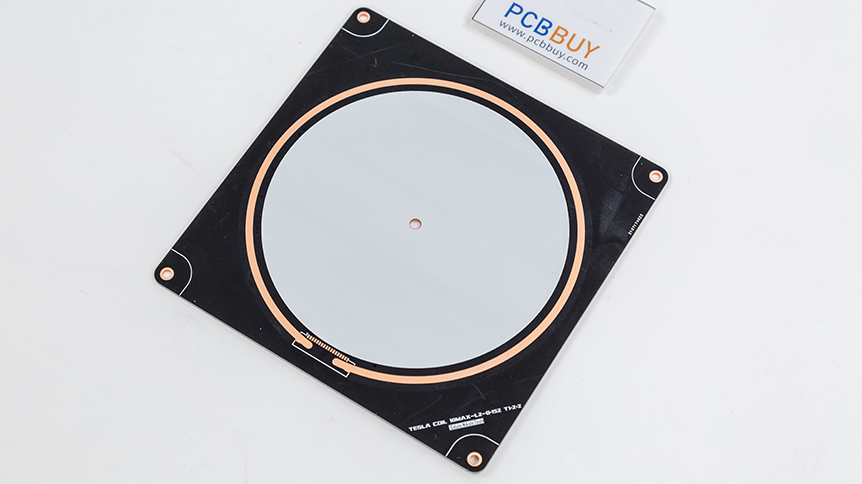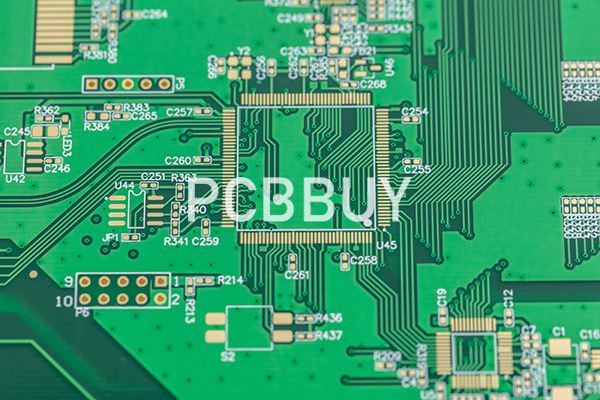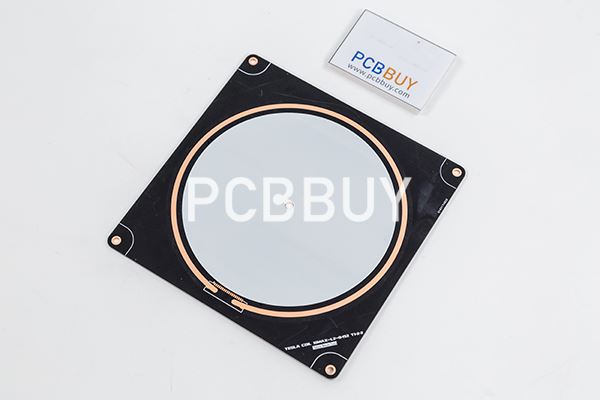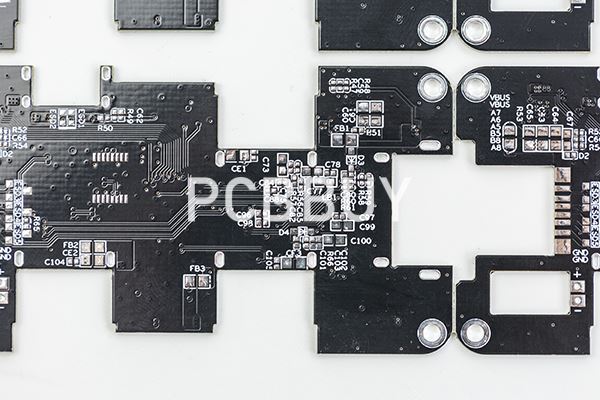What Are The Important Causes of Tombstoning in PCB Assembly?
By:PCBBUY 10/17/2023 16:46

When passive components stand up on one end and “tombstone” during solder reflow, it is due to uneven wetting forces of the solder on the component. When the solder on one end of the device melts before the other, it can cause an imbalance in which the part pulls toward the melted or wet end. The phenomenon is also known as the “drawbridge effect” or the “Manhattan effect.”

Although these imbalances can cause manufacturing issues such as uneven solder paste printing, carefully calibrating the assembly processes before the board enters production prevents problems like these. The common reason for tombstoning is that the PCB CAD footprint construction and the routing on the board didn’t follow good design for manufacturing (DFM) guidelines.
Tombstoning is a complex physical interaction between the component and the solder deposition, and as such, there are multiple process control factors to consider. Primarily, tombstoning arises from three variables:
Torque – Different solder paste chemistries will have different wetting speeds. Ideally, a relatively slow wetting speed is less susceptible to uneven heating during reflow, which is liable to cause different melting rates between the pads. A solder with a longer pasty range slows the wetting speed; alternatively, manufacturers can mix solder alloys to depress the wetting speed, which may incur other production issues. Additionally, thicker or taller chip packages have a greater tendency for tombstoning: as the solder climbs up the pin, its leverage increases. Thin chip packages provide less torque ability to the wetted solder.
Vapor push – At reflow temperatures, some of the solvents in the solder paste will begin to boil off and provide an upward force on the pin. As mentioned above, different solder paste chemistries will contribute more or less to the tombstoning process.
Component float – A paste deposition that is too thick will result in a component floating above the molten solder; an imbalance in pulling forces between the pads often results in tombstoning.
Beyond the paste, the reflow controls will also contribute greatly to eliminating tombstoning in the PCBA. A rapid temperature ramp-up before the reflow zone of the solder leads to a temperature differential between the two pads while compounding the vaporization of the volatile solvents in the solder paste. Therefore, a gradual temperature soak is necessary.

Best DFM Practices to Prevent Tombstoning
There are three main DFM areas to focus on that will help you prevent tombstoning from occurring on your PCB design. By following these recommendations, designers can better avoid tombstoning small passive parts:
Footprint pad size: If the pad sizes for your small passive parts are incorrect, it could affect the thermal mass of the solder joints. A pad with less mass will cause the solder to reflow sooner than larger pads. It is crucial, therefore, to follow industry standards or the manufacturer’s recommended sizes when building the CAD footprint pads.
Footprint construction: Along with building the pads to the correct size, it’s also imperative to ensure the entire footprint for the passive parts is correct. Pads also require the correct pitch (pad spacing) and identical size pads for both part pins. Again, the key is to follow industry standards and the manufacturer’s recommendations when building footprints.

Trace routing and power planes: Even with a perfectly sized and balanced CAD footprint, there could still be a risk of differing thermal mass between the pads if the routing is unequal. Connecting one pad with a thin trace while connecting the other pad with a thick trace will create an imbalance in the thermal mass of the two pads. The additional metal will act as a heat sink, causing the solder paste on that pad to melt slower than the other. Embedding a pad within a power plane is even worse, as the larger metal area will pull more heat with it. Be careful to balance the routing between the two pads as much as possible, and use thermal ties when connecting a pad directly to a metal plane.
Industry Category











